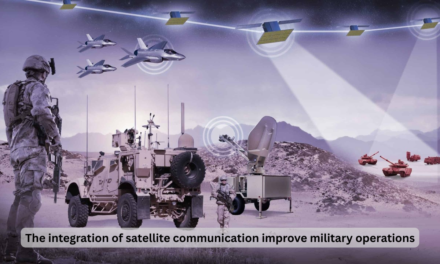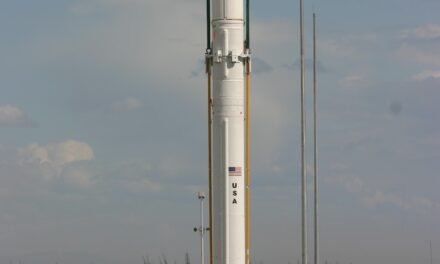Avionics systems are crucial for the functionality and safety of aerospace equipment by providing the electronic hardware and software that manage key operational, navigational, and control functions. Here’s how they contribute:
1. Navigation and Guidance
- Avionics use systems like GPS, Inertial Navigation Systems (INS), and star trackers to ensure precise positioning and route planning.
- Enable autonomous and manual navigation in various environments, from Earth’s atmosphere to deep space.
2. Communication
- Facilitate real-time communication between aircraft/spacecraft and ground control through radios, telemetry systems, and satellite links.
- Support crew coordination, emergency communication, and data transfer.
3. Flight Control
- Fly-by-Wire Systems: Replace mechanical controls with electronic signals for faster and more reliable responses.
- Autopilot systems maintain stability and control, reducing pilot workload and enhancing precision.
4. Monitoring and Diagnostics
- Continuously monitor the status of engines, sensors, and subsystems, providing real-time data on performance.
- Detect anomalies or malfunctions, triggering alerts and enabling preventive actions.
5. Collision Avoidance
- Radar and proximity sensors help detect and avoid obstacles, preventing mid-air or orbital collisions.
6. Weather and Environmental Awareness
- Systems provide detailed weather forecasts and atmospheric data for safe routing and decision-making.
- Spacecraft avionics monitor environmental factors like radiation and debris.
7. Autonomous Operations
- Enable unmanned vehicles like drones and robotic spacecraft to operate independently using AI and machine learning.
8. Safety Systems
- Manage critical safety features like emergency navigation, terrain awareness, and landing aids to minimize risks.
9. Data Management
- Process and store mission-critical data, including telemetry, sensor readings, and mission logs.
By integrating these functionalities, avionics systems enhance the operational efficiency, reliability, and safety of aerospace equipment in both manned and unmanned missions.













